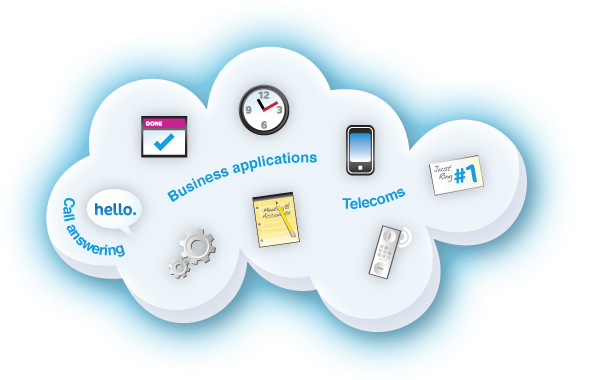According to recent data from HIS iSuppli Research, the number of cloud storage subscriptions will triple by 2017 as businesses and consumers alike take advantage of this adolescent technology’s maturing storage ability. But with increasing interest usage comes the need for evolving subscription models based on specific business needs rather than a one-size-fits-all mantra – expect to see this as an emerging trend in 2013.
Highlights of Contents
Any Way You Want It
Henrik Rosenthal of data management provider Quantum says that “most enterprises are still in the early adopter phase” of cloud computing, but those farther along the continuum will soon be ready to discuss their experience with public and private clouds – both what they liked and what needs improvement – in turn altering the subscription model landscape.

While individual, public cloud storage options are typically free or available for a low monthly cost, business-level cloud computing often comes with a significant cost of use. Initial subscription models from providers followed a “you’ll take what we give you” mantra since standards surrounding cloud uptime, access and performance weren’t firmly established; companies were essentially at the mercy of the few providers willing to offer cloud services.
Now, however, the rise of massive public services like AWS and Google Drive, along with private cloud offerings such as those from IBM, Microsoft and Oracle is shifting the subscription landscape to one favoring the buyer, not the seller. Adding speed to this shift is the increasing number of open-source projects, for example OpenStack and Cloud Foundry; any provider that clings tight to old subscription models won’t be in business for long.
How the Model is Changing
Expect to see a focus on a “pay as you grow” approach to the cloud through 2013, rather than one that metes out standard services no matter how much computing power a business actually needs. In addition, according to Aria Systems, a cloud-based subscription billing company, providers will need to adopt a 24-hour testing, modification and adaption cycle to fulfill the needs of business customers – or they’ll simply take their business elsewhere.

Companies must also be able to up their compute usage on the fly, rather than waiting for a new billing cycle or risking an overcharge for access. In addition, providers need to offer more iron-clad security guarantees about how data will be handled and stored; business IT pros are much savvier than they were several years ago.
The days of locked-in cloud subscriptions – where companies pay for power they don’t use and can’t move their data freely – are coming to an end. Anticipate a significant upswing in business-led subscription models through the coming year.
Doug Bonderud is a freelance writer, cloud proponent, business technology analyst and a contributor on the Dataprise website, a Maryland cloud service provider.
